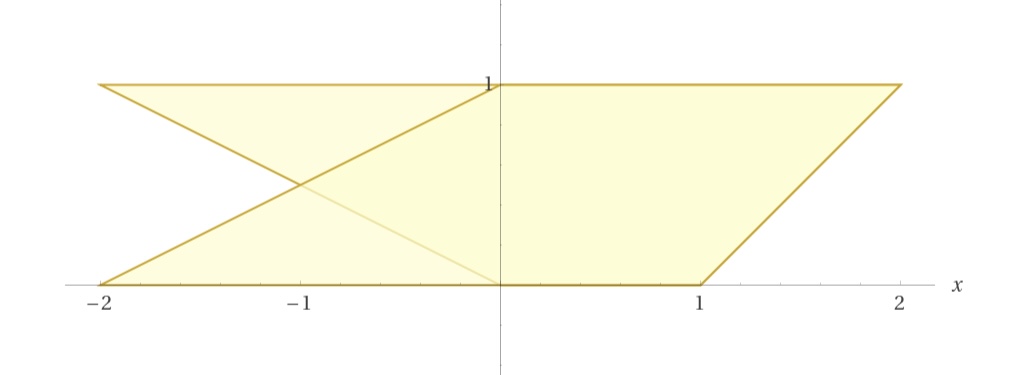Question: Given n convex planar regions. Required to place them (in suitable position and orientation) so that that part of the plane lying under all the regions (their common intersection) is of maximum area.
If we first place any two of the planar regions such that their intersection is maximized, then, place a third region so that its max intersection with the max intersection of the first two is maximized and so on, are we guaranteed to find the maximum common intersection of all n regions - irrespective of the order in which we consider them? I have no counterexample to this simple method.
Note: I don't know if the algorithmic problem of placing two convex polygonal regions so that the area under both is maximized has been optimally solved. The above question can also be asked replacing area with (say) perimeter.
Further Question: One can ask a similar question with the union of planar convex regions - how to 'stack' n regions one above the other so that the convex hull of their union has least area / perimeter. Guess: One could begin by placing the region with maximum width above the region with maximum diameter such that the width or the former is perpendicular to diameter of the latter.


